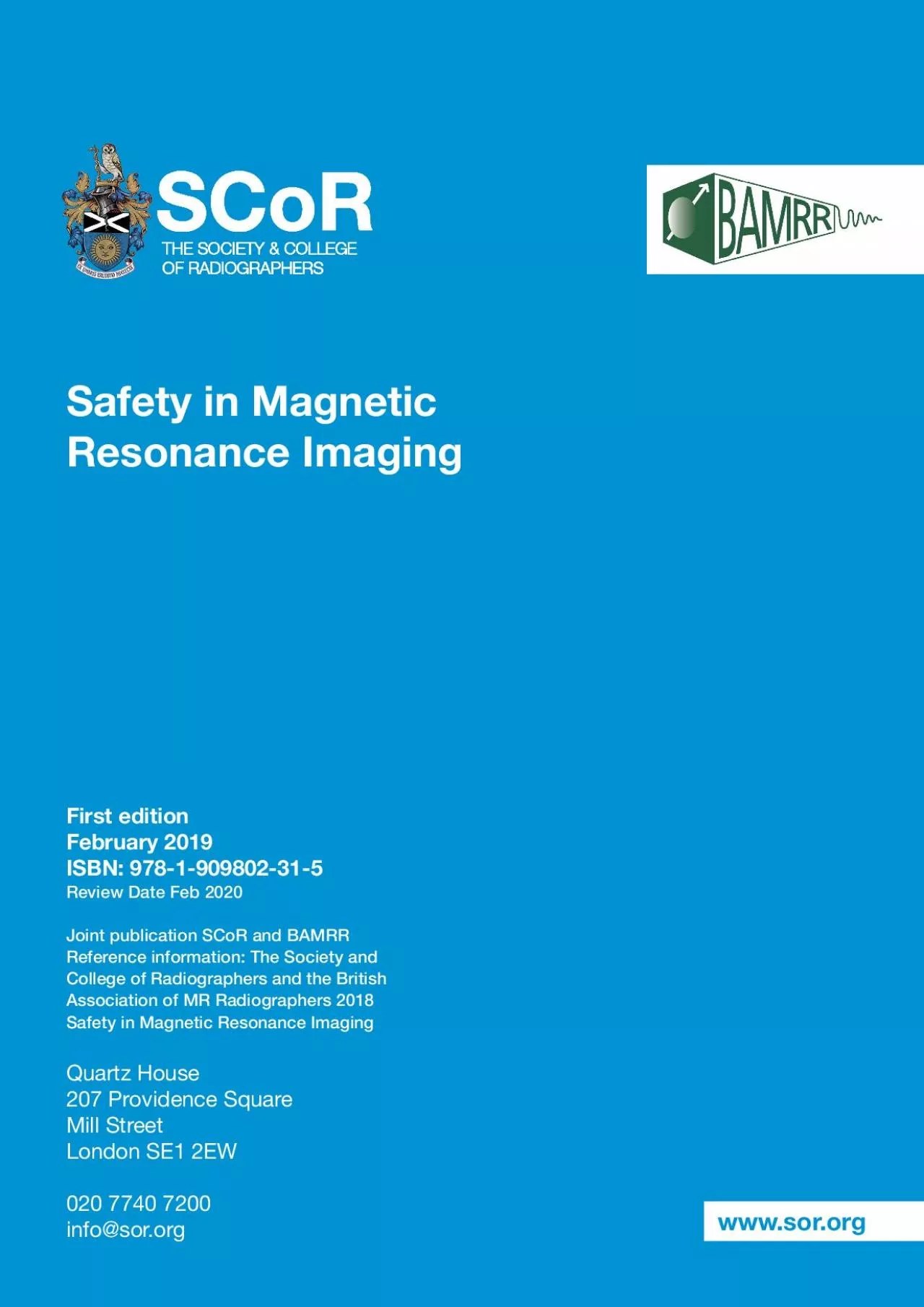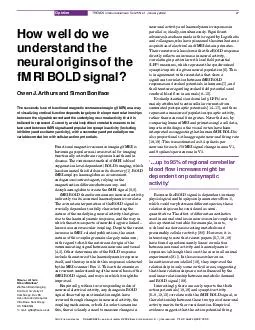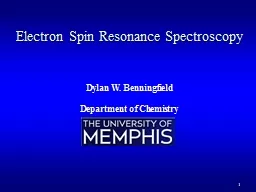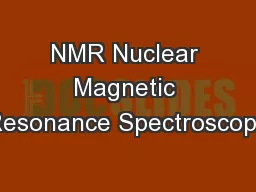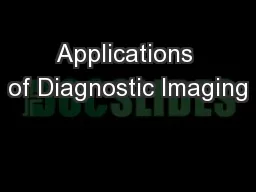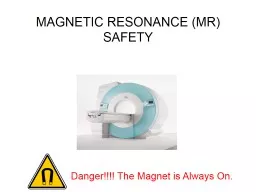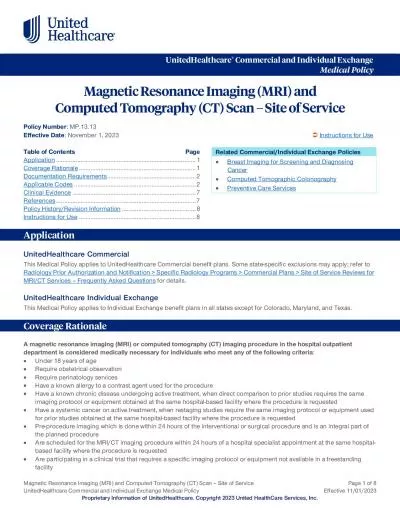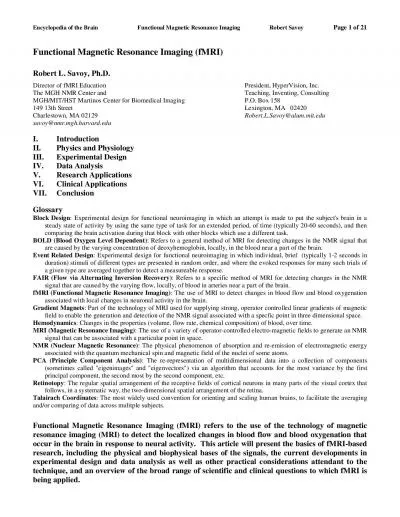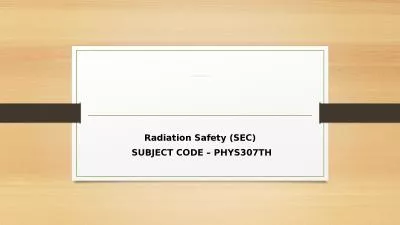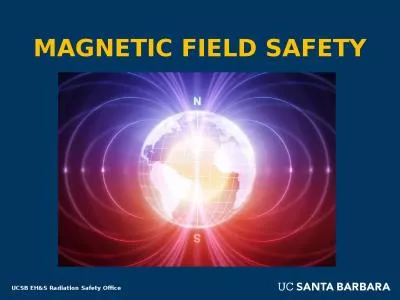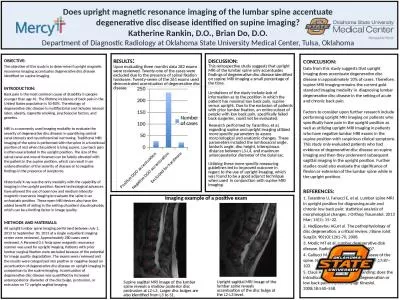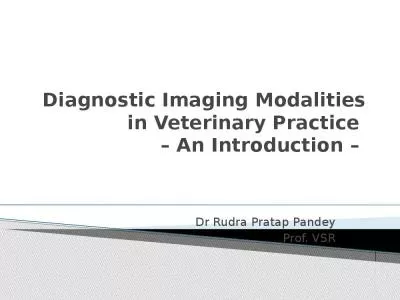PDF-Safety in Magnetic Resonance Imaging
Author : felicity | Published Date : 2021-09-27
wwwsororgReference information The Society and 207 Providence SquareMill Streetinfosororg2 De31ning Areas of Responsibility3 Staf31ng of MR Units4 Professional responsibilities7
Presentation Embed Code
Download Presentation
Download Presentation The PPT/PDF document "Safety in Magnetic Resonance Imaging" is the property of its rightful owner. Permission is granted to download and print the materials on this website for personal, non-commercial use only, and to display it on your personal computer provided you do not modify the materials and that you retain all copyright notices contained in the materials. By downloading content from our website, you accept the terms of this agreement.
Safety in Magnetic Resonance Imaging: Transcript
Download Rules Of Document
"Safety in Magnetic Resonance Imaging"The content belongs to its owner. You may download and print it for personal use, without modification, and keep all copyright notices. By downloading, you agree to these terms.
Related Documents

